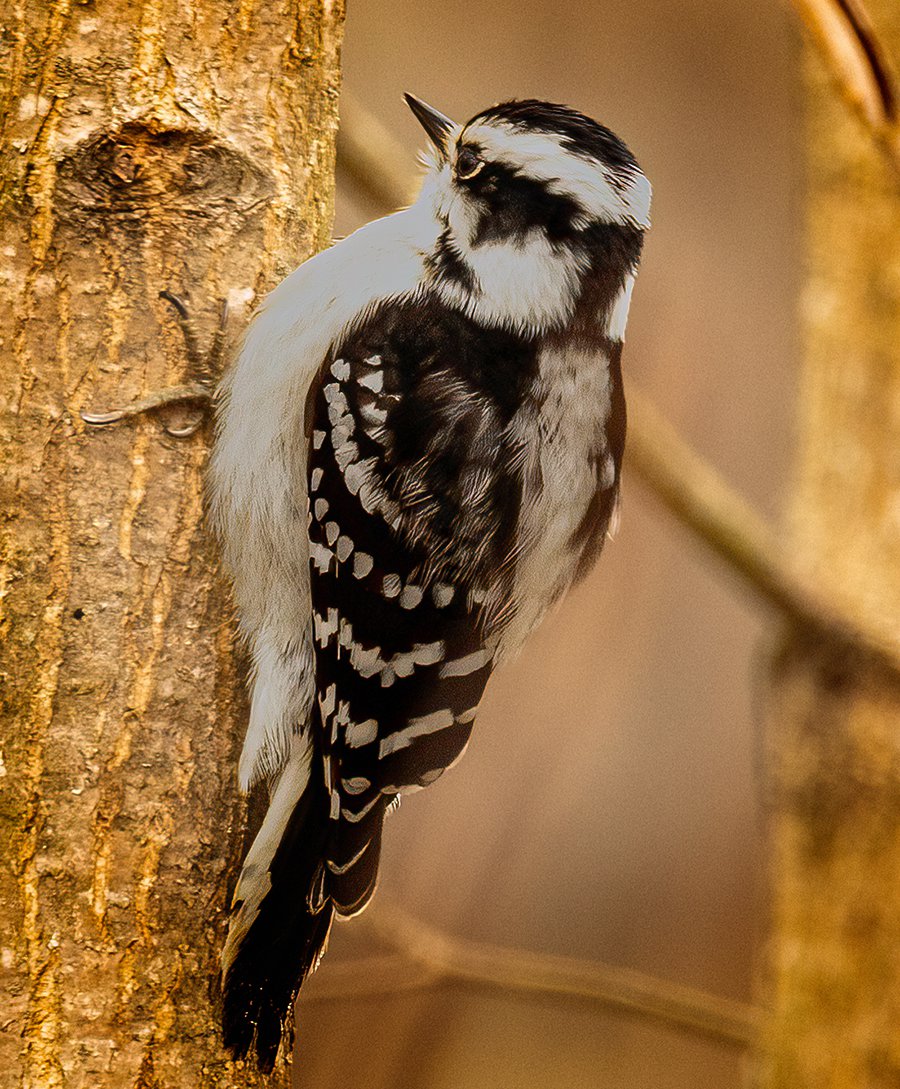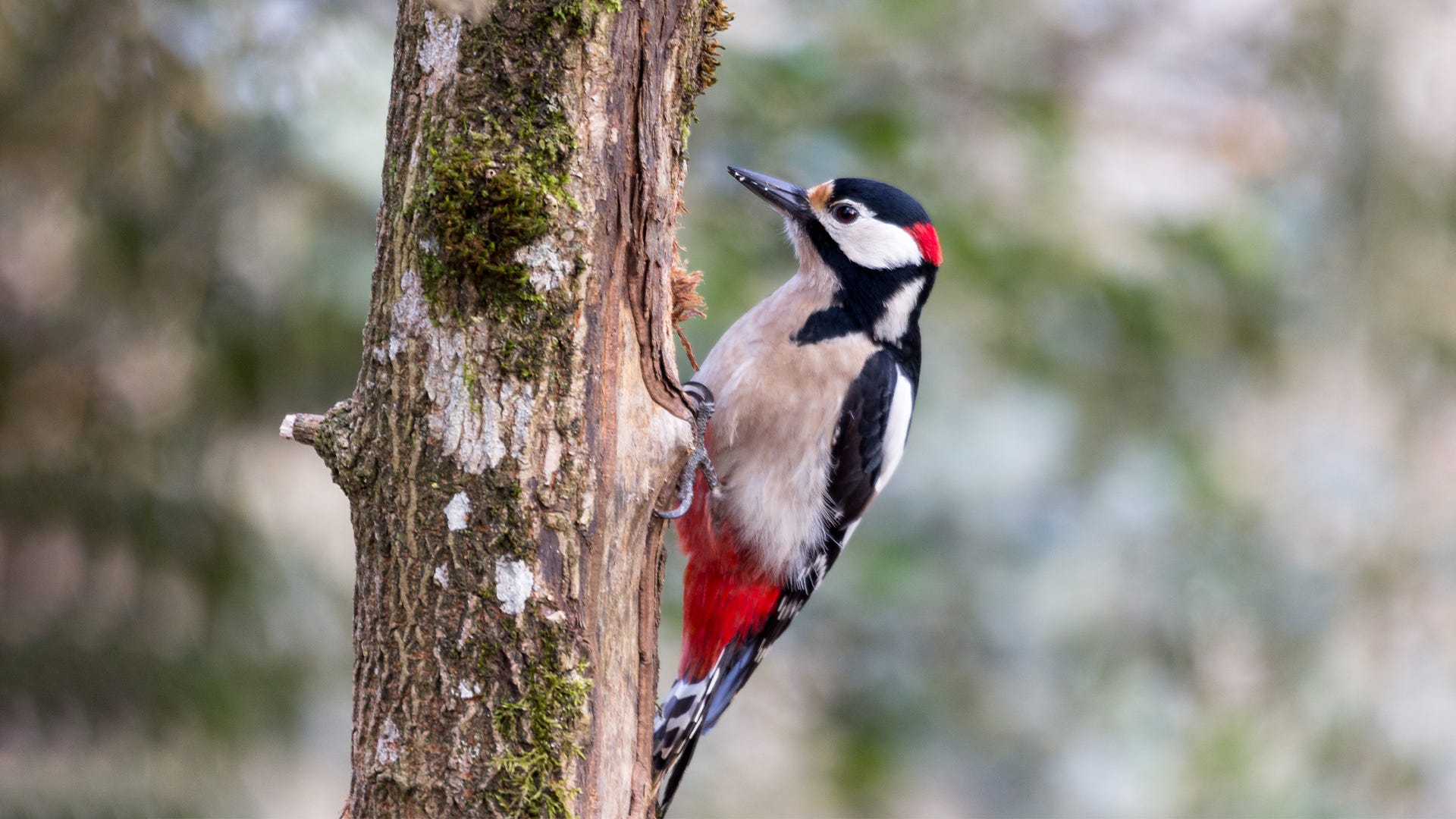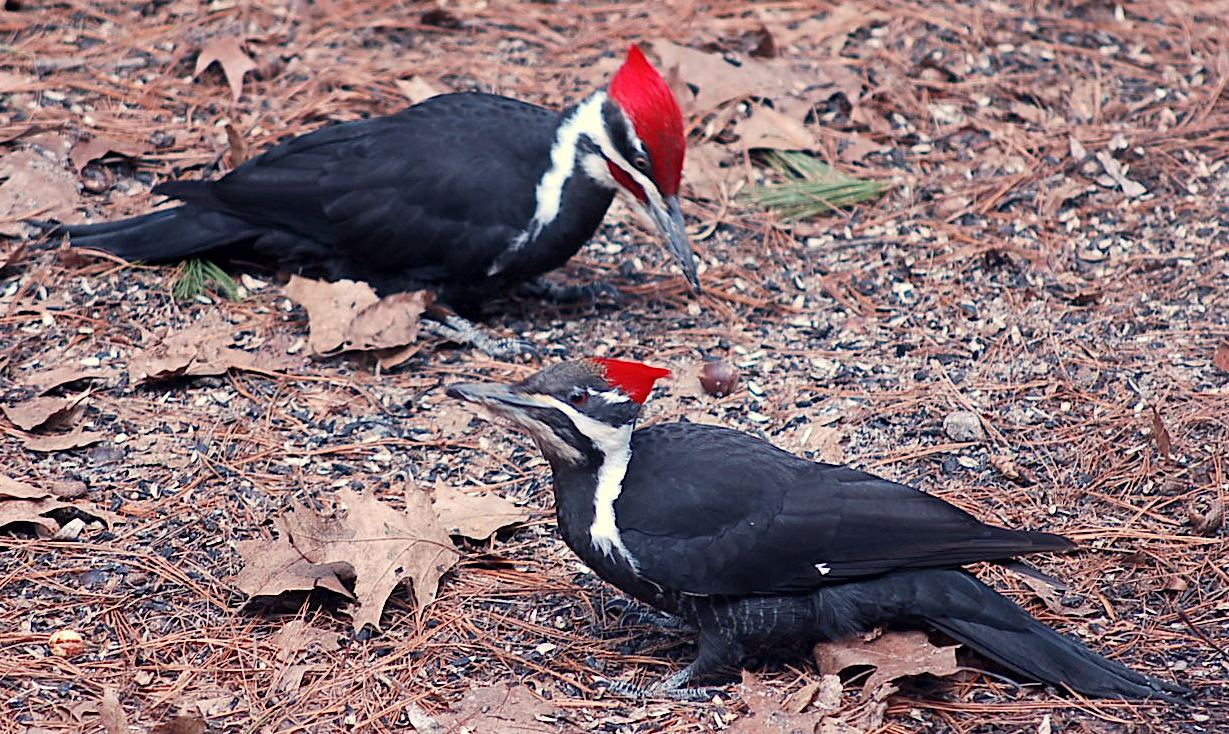Woodpeckers: A Comprehensive Guide to Understanding These One-of-a-kind Birds
Woodpeckers, with their distinct behaviors and physical features, have long mesmerized the curiosity of ornithologists and nature lovers alike. As we discover the elaborate makeup, diverse types, and eco-friendly significance of woodpeckers, a much deeper appreciation for these distinct birds and the enigmas they hold unfolds.

Woodpeckers' Drumming Behavior
Woodpeckers show a balanced and exact drumming habits that serves various important functions in their every day lives. This actions is largely linked with interaction, area defense, and foraging. The distinct drumming audio is produced by the fast pecking of their beaks against tough surface areas such as tree trunks, branches, or perhaps metal things.
Interaction is a vital element of woodpecker behavior, and drumming plays a substantial function in this process. Woodpeckers make use of drumming to develop their existence, attract friends, and preserve contact with their companions and children. The frequency, strength, and duration of drumming series communicate specific messages to various other woodpeckers in the area.
Along with communication, woodpeckers use drumming habits for territory protection. Woodpeckers in Florida. The loud and repeated drumming functions as an alerting to potential burglars, signaling that the location is already asserted. By establishing their area through drumming, woodpeckers minimize the possibility of problems over important sources such as food and nesting sites
Additionally, woodpeckers additionally employ drumming as a foraging strategy. The rhythmic pecking assists them locate pests concealing under the bark of trees by creating resonances that interfere with the victim's cover-up. This habits showcases the adaptability and resourcefulness of woodpeckers in using their drumming skills for multiple important objectives.
Unique Adjustments for Tree Climbing
Having actually mastered the art of drumming to interact, safeguard territory, and forage, woodpeckers have advanced unique adaptations that promote their impressive climbing capabilities in their arboreal environments. One vital adaptation is their specialized feet. Woodpeckers have zygodactyl feet, with 2 toes aiming onward and two toes pointing backwards. This setup offers a strong hold on the vertical surface areas of trees, permitting them to stick easily while foraging for insects or drumming. Additionally, woodpeckers possess rigid tail feathers that function as a prop to sustain their bodies as they climb up. These tail plumes give security and equilibrium, enabling woodpeckers to maneuver up tree trunks with precision and dexterity.
In addition, woodpeckers have effective neck muscular tissues and an one-of-a-kind head structure that aid in their climbing up capacities. Their solid neck muscle mass allow them to rapidly eat tree bark without experiencing whiplash, while their thick head and little brain act as shock absorbers, shielding them from the influence of repeated drumming. These adaptations jointly make it possible for woodpeckers to navigate the vertical globe of trees with effectiveness and grace.

Duty of Woodpeckers in Communities
Playing a crucial role in woodland ecological communities, woodpeckers contribute substantially to the equilibrium and health of their habitats with their one-of-a-kind behaviors and interactions with other types. Among the vital ecological functions of woodpeckers is their duty in controlling insect populations. By foraging for bugs under the bark of trees, woodpeckers assist manage parasite populations, avoiding break outs that might hurt the total wellness of the woodland. In addition, woodpeckers create cavities in trees that work as essential nesting websites for a variety of other bird species, promoting biodiversity within the ecosystem.
In addition, the drumming and articulations of woodpeckers my review here play a crucial function in communication and region facility. These noises not only offer to bring in companions however also aid specify limits between various woodpecker areas, decreasing conflicts and advertising a harmonious coexistence within the woodland neighborhood. Overall, the visibility of woodpeckers in woodland environments highlights their relevance as keystone varieties, influencing the characteristics and working of these habitats in complex methods.
Anatomy: Specialized Beaks and Feet
In the complex web of forest ecological communities, the specialized beaks and feet of woodpeckers are vital adjustments that enable them to meet their crucial environmental duties. Woodpeckers possess special physiological features that are particularly made to aid them in their foraging and nesting habits.
One of the most distinguishing characteristic of woodpeckers is their solid, chisel-shaped beaks. These beaks are perfectly adapted for boring right into wood to uncover bugs, larvae, and sap surprise beneath the bark of trees. The strong muscle mass and tough structure useful content of their beaks allow woodpeckers to eat a price of as much as 20 times per second without triggering damages to their skulls.
Additionally, woodpeckers have actually specialized feet that help in their acrobatic climbing up capacities. Their feet have two toes pointing forward and two toes directing backwards, giving a solid grasp on find out this here upright surface areas (Woodpeckers in Florida). This unique foot arrangement, together with rigid tail feathers that function as a helpful prop, enables woodpeckers to stick to tree trunks and branches effortlessly while they look for food or dig deep into nesting dental caries
Woodpecker Variety Variety
What variables add to the impressive variety of woodpecker varieties throughout various habitats and regions? Woodpeckers are a diverse group of birds found throughout numerous ecosystems worldwide, with over 200 known varieties showing adjustments to various atmospheres. One essential element driving this diversity is the schedule of ideal environments. Woodpeckers have evolved to inhabit a variety of settings, from forests and woodlands to grasslands and deserts, each offering special difficulties that have affected the development of unique woodpecker species.
These adjustments allow woodpeckers to forage efficiently in their particular habitats, reducing competition among varieties and advertising niche distinction. In addition, geographical isolation and historical elements have played a function in shaping the circulation and diversity of woodpecker varieties, leading to the broad range of specialized adaptations seen in these interesting birds.

Final Thought
In conclusion, woodpeckers are fascinating birds that show unique drumming behavior, specialized adaptations for tree climbing, and play crucial roles in communities. Their anatomy, consisting of specialized beaks and feet, enables them to prosper in their atmosphere. With a varied variety of woodpecker species found worldwide, these birds are crucial for maintaining the health and wellness and balance of forests and forests. Recognizing and appreciating the intricacies of woodpeckers can offer important insights into the natural globe.
Comments on “Comprehending Woodpeckers in Florida: Behavior, Species, and Habitats”